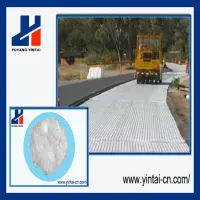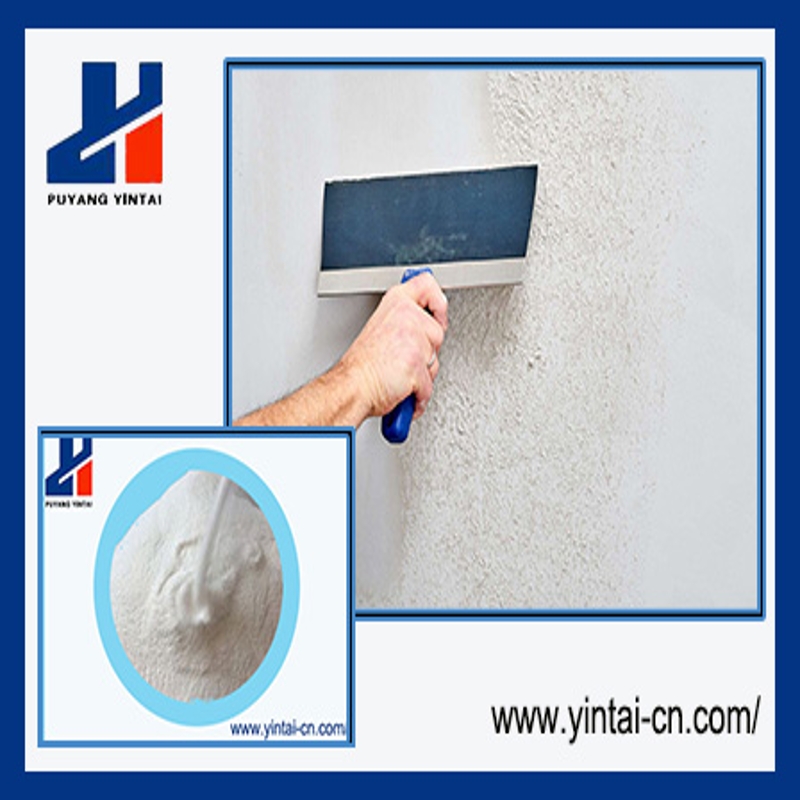-
Categories
-
Pharmaceutical Intermediates
-
Active Pharmaceutical Ingredients
-
Food Additives
- Industrial Coatings
- Agrochemicals
- Dyes and Pigments
- Surfactant
- Flavors and Fragrances
- Chemical Reagents
- Catalyst and Auxiliary
- Natural Products
- Inorganic Chemistry
-
Organic Chemistry
-
Biochemical Engineering
- Analytical Chemistry
- Cosmetic Ingredient
-
Pharmaceutical Intermediates
Promotion
ECHEMI Mall
Wholesale
Weekly Price
Exhibition
News
-
Trade Service
It is currently applied in the following 5 areas: ①Using constructed wetlands for direct sewage treatment; ②Introducing the effluent discharged up to the standard into natural wetlands for disposal; ③Establishing and transforming the wetland ecological environment with sewage balance, and then restoring the victimized birds and wild communities in the wetland; ④ Utilize natural wetlands for advanced sewage treatment; ⑤Using the natural wetlands of river beaches and lake beaches to purify river water to protect lakes and rivers
.
8.
3.
2.
1 Removal of organic matter, nitrogen and phosphorus by wetland
(1) Removal of organic matter by wetland.
Insoluble organic matter in wastewater can be quickly intercepted and used by microorganisms through the precipitation and filtration of wetland; soluble organic matter in wastewater can be adsorbed, absorbed and biologically used by plant root biofilms.
It is decomposed and removed during metabolic degradation
.
With the continuous progress of the treatment process, the microorganisms in the wetland bed also multiply and grow, and the new organisms are removed from the system by regularly replacing the wetland bed filler and harvesting the wetland plants
(2) Removal of nitrogen and phosphorus in wetlands The removal of nitrogen in constructed wetlands is mainly to use inorganic nitrogen in wastewater as an indispensable nutrient element during plant growth, which can be directly absorbed by plants in wetlands and used for organic nitrogen such as plant protein The synthesis of plants is also removed from waste water and wetlands by harvesting plants
.
The removal of phosphorus in constructed wetlands is accomplished through the coordination of the absorption of plants, the accumulation of microorganisms, and the physical and chemical properties of the packed bed
8.
3.
2.
2 Compound vertical flow constructs wetland water treatment process
The composite vertical flow constructs the wetland system, which uses the absorption of plant roots and the action of microorganisms to achieve the purpose of degrading pollution and purifying water quality through multi-layer filtration
.
As an international scientific and technological cooperation project, the partners have built more than 40 sets of composite wetland systems of different scales in China, Germany, and Austria
There are many advantages to constructing a wetland system with composite vertical flow
.
①The system can not only effectively remove suspended solids, organic pollutants, nitrogen, phosphorus and heavy metals in sewage, but also has an ideal removal effect on bacteria, algal toxins, exogenous biologically active substances and environmental hormones; ②system purification With strong functions, the effluent quality of the inferior Class V surface water can be up to Class II~Class after being treated by this system; ③The system runs relatively stably and has a better purification effect in winter; ④The system operation cost is lower; Combined to achieve the effect of purifying and beautifying the environment
The constructed wetland treatment process integrates the functions of "reclaimed water treatment" and "waterscape greening", which not only brings environmental benefits to urban communities, but also transforms them into economic benefits for real estate enterprises; while ensuring the "sewage treatment rate", it meets the requirements of "greening" Coverage” requirements
.
Therefore, in-situ reuse of reclaimed water after internal treatment in communities and real estate is still the main form of reclaimed water reuse; however, due to the low price of reclaimed water, the investment in reclaimed water facilities in communities and real estate cannot bring profit to developers.
According to the definition of wetland in the "Wetland Convention", the artificial lakes and the green spaces that continuously pass water in the city are all artificial wetlands
.
The constructed wetland has improved the original soil substrate, and the optimized combination of aquatic and wet plants with pollution resistance and decontamination ability is selected, and the expected treatment effect is achieved by controlling the flow of water
(1) Bringing profit growth points for real estate developers.
Using plants and free water surfaces to create green spaces and artificial lakes for communities, satisfying urban people's desire for greenness and nature, and at the same time increasing selling points for real estate
.
For example, in the waterscape residences in Daxing District outside the South Fifth Ring of Beijing, in order to create a "Mediterranean" >
(2) Low-cost ecological treatment technology Ordinary green space and water landscape not only occupy a large area of land, but also the irrigation of lawns and the water supply of lakes consume a lot of water resources
.
If rainwater and reclaimed water are directly supplemented with artificial lakes and other water landscapes, it is likely to cause algae outbreaks and deteriorate the water landscape
The constructed wetland treatment process not only saves irrigation water and waterscape replenishment, but also provides reclaimed water, guarantees the water quality and quantity of landscape water, reduces land occupation, infrastructure, equipment, maintenance and other investments, and realizes a true ecological community
.
(3) The removal rate of nitrogen and phosphorus in constructed wetlands is higher than that of domestic sewage discharged from conventional sewage treatment processes.
The removal rate of N and P in general urban secondary sewage treatment plants reaches 20% to 40%
.
If the operation is mature and stable, the constructed wetland has a strong ability to remove nitrogen and phosphorus in sewage, and the removal rate of P has been reported from about 40% to more than 90%
.
(4) Removal of algae in constructed wetlands.
Removal of algae with advantages is a difficult point for ordinary treatment processes
.
Studies have shown that the addition of chlorine dioxide and chloramine is ineffective; in artificial waterscapes in residential areas, due to flow rate, water quality and other reasons, algae outbreaks and deterioration of landscape water quality often occur
.
Ozone and chlorine can be used for pre-oxidation before cell removal to improve cell aggregation, but improper dosage may cause the release of intracellular toxins
.
Data show that the highest algae removal rate in constructed wetlands can reach 97.
96%, and can reach 72.
69% at low levels
.
Related links: Types and characteristics of constructed wetlands







